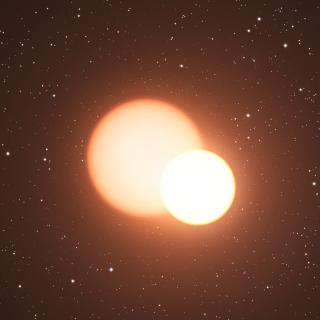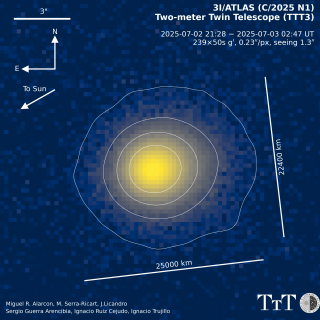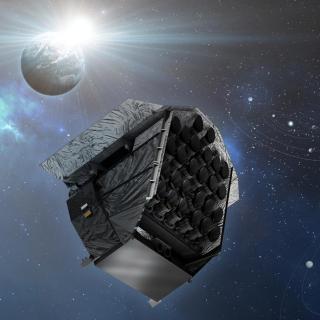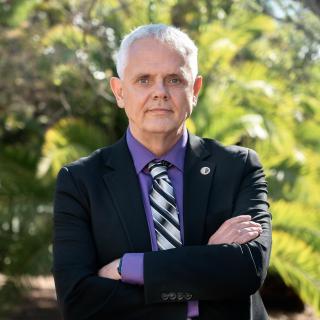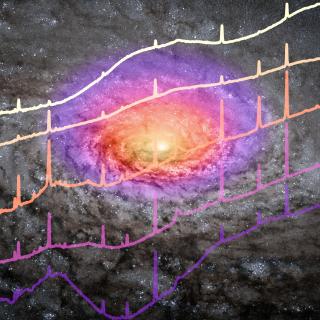
Type 2 quasars (QSO2s) are active galactic nuclei (AGN) seen through a significant amount of dust and gas that obscures the central supermassive black hole and the broad-line region. Here, we present new mid-infrared spectra of the central kiloparsec of five optically selected QSO2s at redshift z ∼ 0.1 obtained with the Medium Resolution Spectrometer module of the Mid-Infrared Instrument (MIRI) aboard the James Webb Space Telescope (JWST). These QSO2s belong to the Quasar Feedback (QSOFEED) sample, and they have bolometric luminosities of log L bol = 45.5 to 46.0 erg s −1 , global star
Advertised on
